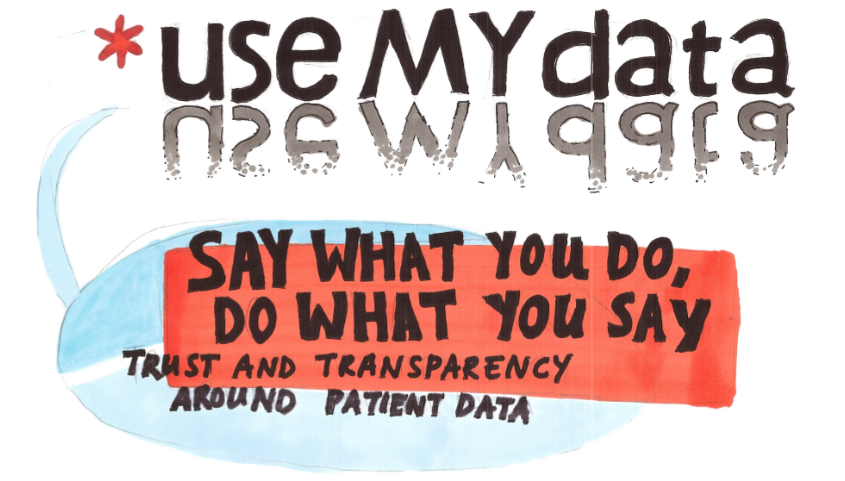GP Data for Planning and Research (GPDPR) 
Our work to bring patient voices to the implementation plans for GPDPR
The background to the GPDPR
In May 2021 NHS Digital*, the national organisation which designed, developed and operated the national IT and data services for the NHS in England, announced the introduction of a new service, “which will more efficiently collect primary care data and make it available for better planning of healthcare services and for use in medical research”.
This new service, called General Practice Data for Planning & Research (GPDPR) was to collect data from all GP Practices in England into NHS Digital from July 2021. It was to extend the use of data beyond the pandemic response, where data was used for purposes such as identifying people who should have priority for vaccinations because of underlying health conditions.
Following feedback on its initial schedule, NHS Digital paused the collection of GP data for Planning and Research in England and highlighted a series of actions which needed to take place before any implementation. This included a 5-phase communication plan, with phases identified as Assurance, Listening, Engagement, Demonstration and Delivery.
*In 2023 NHS Digital was merged with NHS England.
use MY data's position on the GPDPR
As a patient-led movement focussed on the use of patient data for research, use MY data supports what GPDPR is trying to achieve. We want to see our data used to improve patient care and outcomes. However, there needs to be much greater communication to patients and the public so that they understand more about benefits, risks and controls, so that they can make an informed choice and opt-out if they wish. We must ensure that anybody wanting to use our data focusses on explaining these anticipated benefits in ways that are understandable and accessible for the public and for patients.
The NHS relies on effective planning and innovative research to develop and deliver its services, and to improve treatments and health results. We urge our NHS to highlight how and why this depends on our data, in particular using real-world examples showing how using our health data delivers benefits for all of us.
To make clear our position on the GPDPR, we drafted a Press Release and a Position Statement, - patient voices on the use of their patient data.
Latest update
On 21 September we stepped down from the Patient & Public Engagement and Communications Panel (PPECAP). You can read more about our decision here.
Although we have now left PPECAP, use MY data wishes to assist NHS England’s work on the GPDPR.
On 8 November we wrote to NHS England to follow-up about how use MY data Members might continue to support the different data-related areas within and across NHSE and the Department of Health & Social Care (DHSC), including the GPDPR, the FDP and the engagement work around Data Saves Lives.
While the way in which we might do that is unclear to us at present, we will continue to explore this with NHS England and we do hope to find a solution .
Updated 8 November, 2023